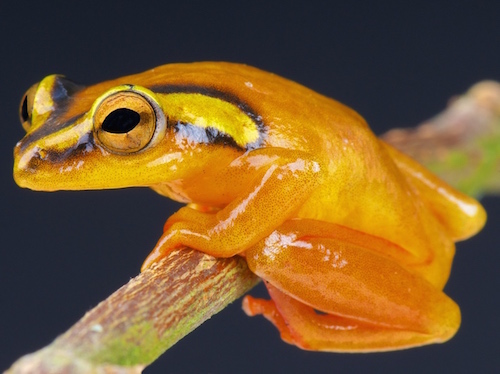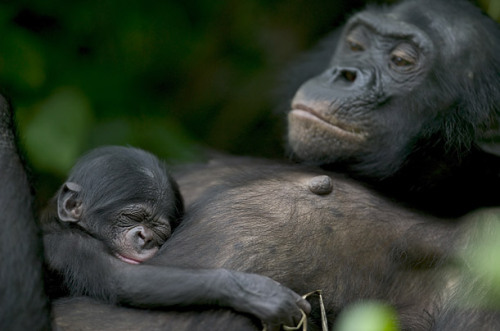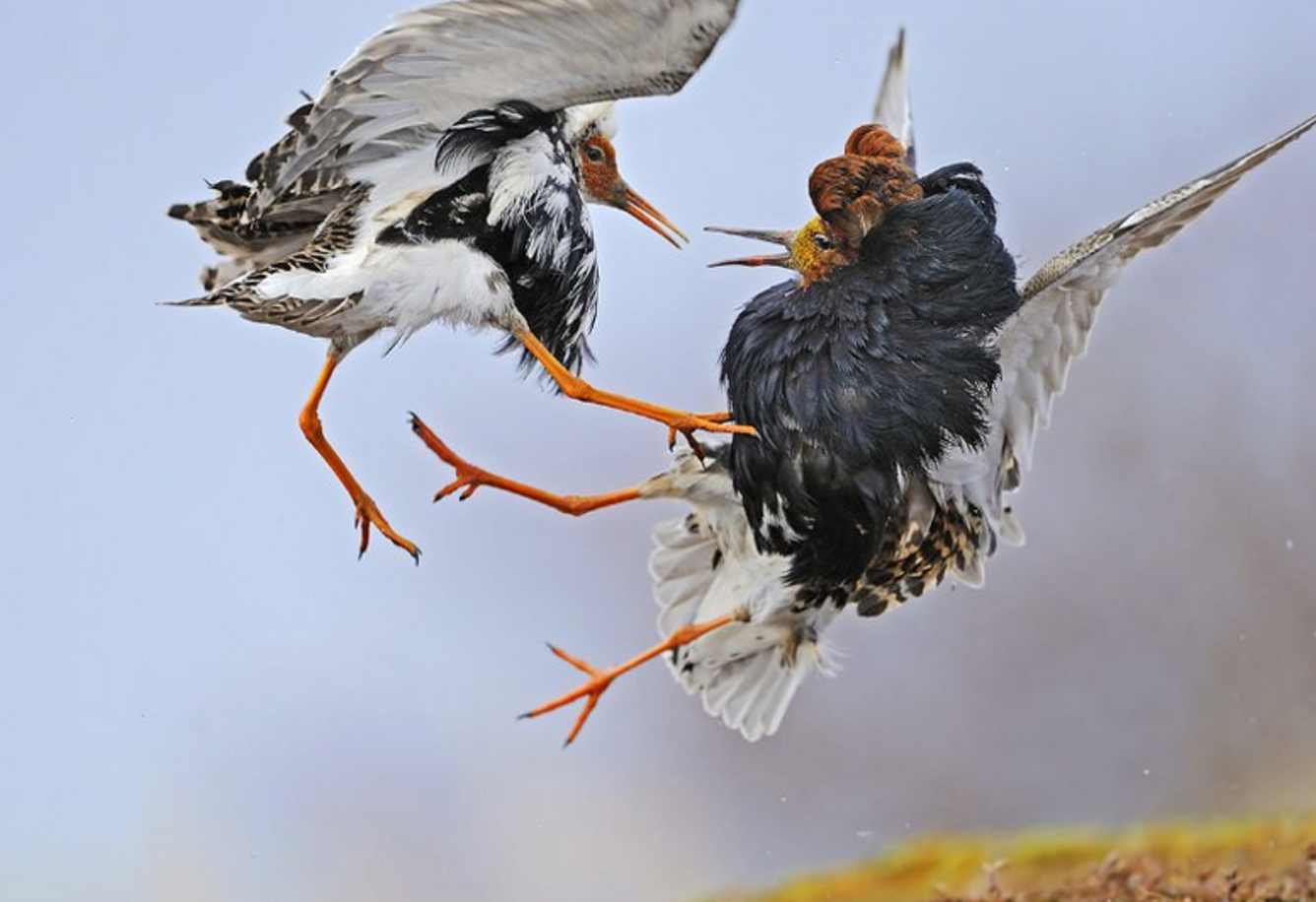The natural world is a beautifully diverse space. From flying lemurs to pistol shrimp, animals everywhere have developed incredible ways to survive and thrive. Some animal species, for example, have multiple genders that display vast differences in physical features and behaviors. In fact, a great number of fish can change their gender if the situation calls for it, and some even change genders as many as ten times over the course of their lives.
Just how “natural” is this gender and relational diversity in the natural world? Natural enough to be the focus of an entire exhibit, apparently. As it turns out, animals are just as complex and varied in their relationships to one another, as we are.
Here are nine gender- and relationally-diverse animals that truly show the range of our natural world.
*As a note, to the dismay of this writer, some of the articles linked contain non-LGBTQIA friendly perspectives and language. These articles do not represent the perspectives of LGBT Sentinel and have rather been used for research and informational purposes. Whenever possible, the articles linked contain non-biased perspectives, but not always. In the pursuit of further information, please be advised that some linked articles may be triggering to read.
- Clownfish
Photograph by Hui Sim, Your Shot, National Geographic
Yes, that’s right. The story of Finding Nemo might have turned out very differently if Pixar was more scientifically accurate. Clownfish live in hierarchical schools where there is one matriarch – the rest are male. When the matriarch dies, the next dominant male fish changes to female and becomes the next matriarch.
2. Spotted Hyena
via San Diego Zoo
As with clownfish, spotted hyenas live in matriarchal societies, with groups of dominant females ruling over other males and females. The female spotted hyena has an enlarged clitoris that is referred to by some zoologists as a “pseudopenis” because of its size. She uses this organ to both mate and give birth, and due to the trickiness of positioning during sex, she can decide which males she wants to have sex with.
3. African Reed Frog

via Encyclopedia of Life
African Reed Frogs, which unfortunately have been classified as endangered, can perform protogynous (female to male) sex changes. The frogs carry both ovarian and testicular tissues, and females can spontaneously change sex by activating their testes and deactivating their ovaries when the ratio of females to males is off-balance.
4. Ruff
via New Scientist
The ruff has four different genders in an elaborate sexual system that involves three types of males and one type of female. The territorial males have elaborate darker-colored plumage that they display towards females, and spend a lot of time displaying and attacking rivals. Satellite males have lighter-colored feathers and sneak-mate with females when the territorial males are distracted. Faeder males, the third type off ruff male, are female mimics that look exactly like ruff females, but are slightly larger and have the largest sized testes of all the males (which suggests the highest chance of reproductive success). Faeders are extremely rare (about 1% of the population) and also have sex with other males. Female ruffs will breed with any of the types of males.
5. Anglerfish

via Weird News Files
When scientists first began studying anglerfish, they couldn’t figure out why all the specimens they caught were female. Turns out, the male anglerfish were actually the tiny little bumps they were seeing on the females’ bodies. Male anglerfish are parasites that bite into females, slowly fusing themselves until only the testes remain. The female anglerfish swims around, eating and living life until she wants to lay eggs. Then she uses the testes on her body (she can carry up to six or more males at one time) to fertilize her millions of eggs.
6. Red-Sided Garter Snake
Photograph by Norbert Rosing, National Geographic
After a long hibernation, red-sided garter snakes emerge from their dens to form large “mating balls” in which some male snakes release female pheromones. Female garter snakes go above ground after the males, and are quickly swarmed with as much as a hundred males. Males who engage in mimicry, like females, are at the center of mating balls, and are therefore safe from predators like crows. The resulting heat also helps them recover more quickly after their hibernation, and both of these help increase their chance for survival.
7. Bonobo monkeys

via Age Fotostock/Alamy Stock Photo
Bonobo monkey society is matriarchal, and sex in all different gender pairings is weaved into everyday interactions, from greetings to the equivalent of saying grace before feasts. Males and females engage in genital rubbing and other sexual behaviors to ease social transitions and smooth over uncertain social situations. This helps to create a pleasant environment of cooperation.
8. New Mexico Whiptail

via A to Z the USA
New Mexico Whiptails, along with some other types of whiptail lizards, are all female and reproduce asexually. They have twice the number of chromosomes and contain genetic diversity within themselves, producing eggs in a process called “parthenogenesis.” The whiptail still engages in mating behavior with other whiptails, in spite of them all being female – a theory is that they do this because it stimulates ovulation.
9. Laysan Albatross

Photograph by Eric Vanderwerf, National Geographic
During breeding season, Laysan Albatrosses form bonded pairs that continue until the end of the season. They perform courtship rituals, take turns incubating the egg, and rear the chick together. In many Laysan Albatross societies, females are more common than males, which results in flexible gender pairings. Both female-male and female-female pairs exist, though female-female pairs are less successful in producing offspring.
Author: Nina Ki

